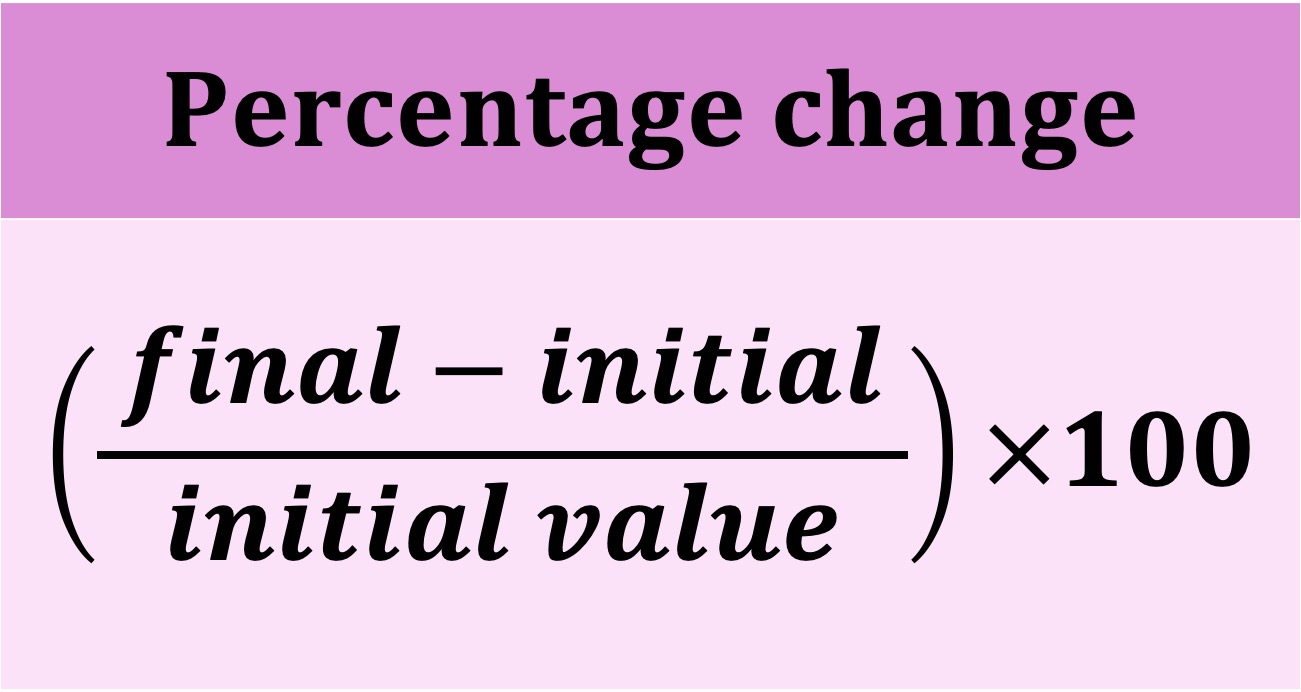

Outbreaks
An outbreak is a sudden rise in the occurrence of an infectious disease (as measured by the number of cases)
-
An outbreak that occurs over a given time period within a particular community or geographic region is called an epidemic
-
An outbreak that occurs across a wider geographical area (e.g. intercontinental or global spread) is called a pandemic
Herd Immunity
Populations can be protected from epidemics via herd immunity – whereby the majority of a population develops immunity to a pathogen and significantly reduces the risk of transmission between non-immune individuals
-
The development of herd immunity within a population can be accelerated through the implementation of vaccination programmes
-
Herd immunity is important for vulnerable populations that cannot be vaccinated – including the elderly, extremely young and immune compromised individuals
The proportion of the population required to be vaccinated to confer herd immunity will be dependent on a number of factors:
-
Disease spread will be dependent on the mode of transmission and period of infectivity (e.g. length of incubation period)
-
Population density and social behaviour patterns will also determine the relative risk of exposure within a population
-
For a moderately contagious airborne pathogen (such as coronavirus), experts may aim for 80-90% immunity levels
Disease Transmission

Susceptible Population
(Unrestricted Spread)

Vaccinations (in green)
(Herd immunity)
Epidemiology
Epidemiology is the study of the distribution, patterns and determinants of diseases, as well as the applications for controlling their spread
-
Epidemiological studies may be either observational (e.g. case control or cohort studies) or experimental (e.g. clinical trials)
To manage the COVID-19 pandemic, epidemiologists needed to consider various factors in order to determine appropriate social strategies for limiting the spread – including:
-
The level of virulence and the rate of spread of the different strains of coronavirus that collecutively contributed to disease symptoms
-
The efficacy of the various vaccines developed to provide ongoing immunity to the different strains of coronavirus
-
The level of compliance with vaccine mandates in distinct social communities (e.g. native speakers vs foreign languages)
-
The rates of mortality and numbers of reported cases in different countries and states (to determine the efficacy of different health responses)
Two calculations that epidemiologists may use to help analyse and interpret data related to the pandemic are percentage difference and percentage change


Worked Example:
During the Covid pandemic, clinical trials were conducted for two potential mRNA vaccines to determine their efficacy
-
Participants were either vaccinated or provided with a placebo (control group) and the number of confirmed Covid cases were measured
-
Data was also collected regarding the incidence of myocarditis (inflammation of the heart) following vaccination
Moderna Trial
Moderna
Vaccine
Placebo
Control
Number of Participants
15,209
15,206
Confirmed Covid Cases
55
744
Myocarditis (per million vaccinations) = 181
Myocarditis = 181 per million vaccines
Pfizer Trial
Pfizer
Vaccine
Placebo
Control
Number of Participants
21,720
21,728
Confirmed Covid Cases
8
162
Myocarditis (per million vaccinations) = 97
Myocarditis = 97 per million vaccines
Challenge:
Determine the vaccine efficacy for each of the two types of vaccines and compare the percentage difference in myocarditis incidence
-
HINT: Vaccine efficacy is the percentage change in covid cases as a proportion of the population before vaccination (placebo) and after vaccination




